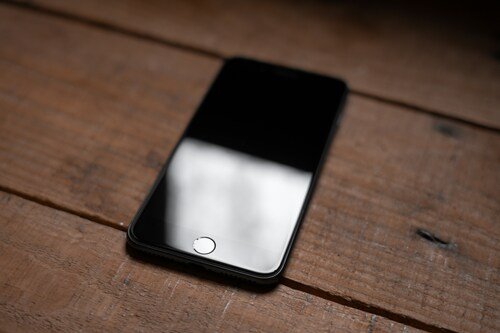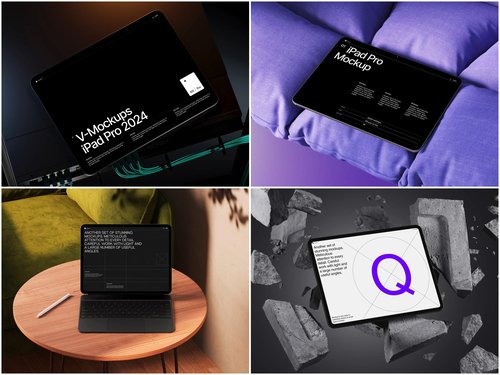
In 2025, the United States stands at the pinnacle of a technological transformation that has dramatically reshaped consumer behaviour. The post-pandemic acceleration of digital adoption, combined with generational shifts and tech innovation, has led to what experts now call “The Great Digital Shift”. At the heart of this evolution lies a profound change in how Americans shop, eat, and interact with businesses—driven by a sharp rise in mobile ordering.
In 2025, the United States stands at the pinnacle of a technological transformation that has dramatically reshaped consumer behaviour. The post-pandemic acceleration of digital adoption, combined with generational shifts and tech innovation, has led to what experts now call “The Great Digital Shift”. At the heart of this evolution lies a profound change in how Americans shop, eat, and interact with businesses—driven by a sharp rise in mobile ordering.
A Nation on Mobile: The New Normal
The most dominant trend of 2025 is clear—mobile ordering has become the standard method for American consumers to place orders. Whether it’s a latte from Starbucks, groceries from Whole Foods, or dinner from a local taqueria, mobile platforms are now the first and often only touchpoint.
Recent studies show that more than 78% of Americans regularly use mobile apps to place food and retail orders, up from just 54% in 2022. This leap is attributed to three primary drivers:
- Convenience and speed: Consumers now expect frictionless, one-click experiences.
- Customization: Mobile apps allow real-time customization of orders—something traditional phone or in-store orders can’t match.
- Rewards and incentives: Loyalty points, app-exclusive discounts, and early access deals encourage ongoing usage.
Even older demographics are participating. Baby Boomers, once reluctant to use digital ordering tools, now show a 40% year-over-year growth in app usage for food and prescription orders.
The Rise of Voice and AI in Mobile Ordering
A key evolution in 2025’s digital landscape is the integration of AI-driven assistants and voice-activated ordering. Amazon Alexa, Google Assistant, and Siri have moved from novelty to necessity. Consumers can now simply say, “Reorder my usual from Chick-fil-A,” and the order is placed, paid, and scheduled in seconds.
Moreover, machine learning models analyze purchasing habits and offer predictive suggestions. For instance, mobile apps for fast-food chains can now suggest a preferred combo meal based on weather, time of day, and past orders—enhancing both convenience and upsell potential.
Mobile Ordering in Grocery, Retail, and Beyond
It’s not just restaurants. The mobile ordering revolution is sweeping through:
- Grocery retail: Platforms like Instacart and Walmart+ have seen record growth. Consumers now favor curbside pickup or delivery ordered via apps.
- Pharmacies: Mobile ordering of prescriptions with contactless delivery has surged, especially in suburban and rural areas.
- Fashion & electronics: Brands like Nike, Apple, and Target have streamlined app checkout with AI-curated catalogs and lightning-fast mobile payment systems.
According to a Nielsen survey, 56% of consumers now prefer mobile apps over desktop websites for shopping, citing better UX, faster load times, and ease of payment.
How Businesses Are Adapting
With mobile ordering dominating the landscape, businesses have pivoted:
- Smaller storefronts, larger kitchens: Ghost kitchens and micro-fulfillment centers support app-based food orders without needing dine-in space.
- Mobile-first loyalty programs: Starbucks Rewards, Chick-fil-A One, and Sephora’s Beauty Insider all prioritize app usage.
- Integrated delivery ecosystems: Companies now rely on APIs to sync orders across Uber Eats, DoorDash, Grubhub, and proprietary apps.
For local businesses, adoption of white-label mobile ordering platforms is a lifeline—offering autonomy from third-party commissions and access to customer data analytics.
Challenges in the Mobile-Ordering Era
Despite the surge in mobile ordering, there are challenges:
- Digital exclusion: Rural communities and elderly consumers with limited internet access risk being left behind.
- Order accuracy: While technology reduces human error, wrong orders or app glitches still frustrate users.
- App fatigue: With every brand launching its own app, consumers often resist downloading yet another platform—leading to renewed interest in universal aggregators.
Solutions are emerging. Unified wallets, like Apple Pay and Google Pay, streamline checkout across apps. Meanwhile, progressive web apps (PWAs) offer app-like experiences without a download.
The Future of Ordering: What’s Next?
Looking ahead, the next wave of innovation in mobile ordering includes:
- Augmented Reality (AR): Letting consumers preview dishes or outfits in real-time before ordering.
- Hyper-personalized marketing: Based on biometric data, mood, and even voice tone.
- Sustainability metrics: Showing carbon footprint and packaging impact at checkout.
Most notably, mobile ordering will evolve into a predictive service. Instead of consumers initiating an order, AI may soon ask, “Would you like your usual Thursday dinner at 6:30 PM delivered again today?”—blurring the line between decision and suggestion.
Conclusion
The Great Digital Shift has redefined American consumer habits in 2025. Mobile ordering isn’t just a trend—it’s the new foundation of commerce. With convenience, personalization, and speed at its core, it reflects the modern consumer’s desire for control, simplicity, and immediacy.
For businesses, adapting to this new reality isn’t optional—it’s essential. And for consumers, the power to shop, eat, and experience life is increasingly just a tap away.




